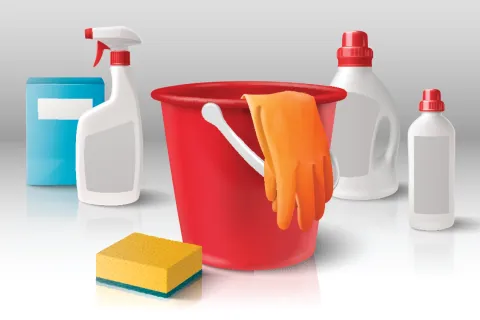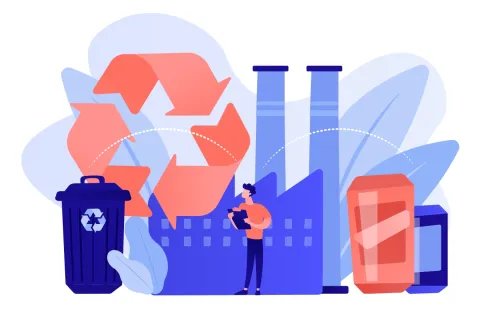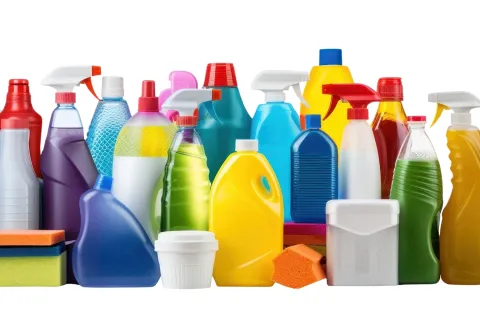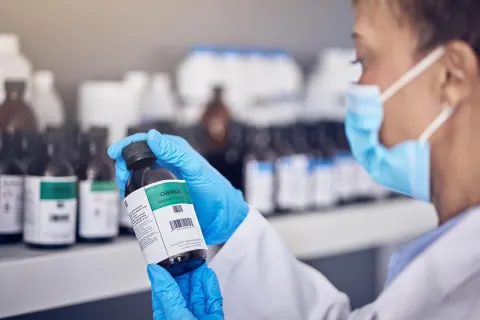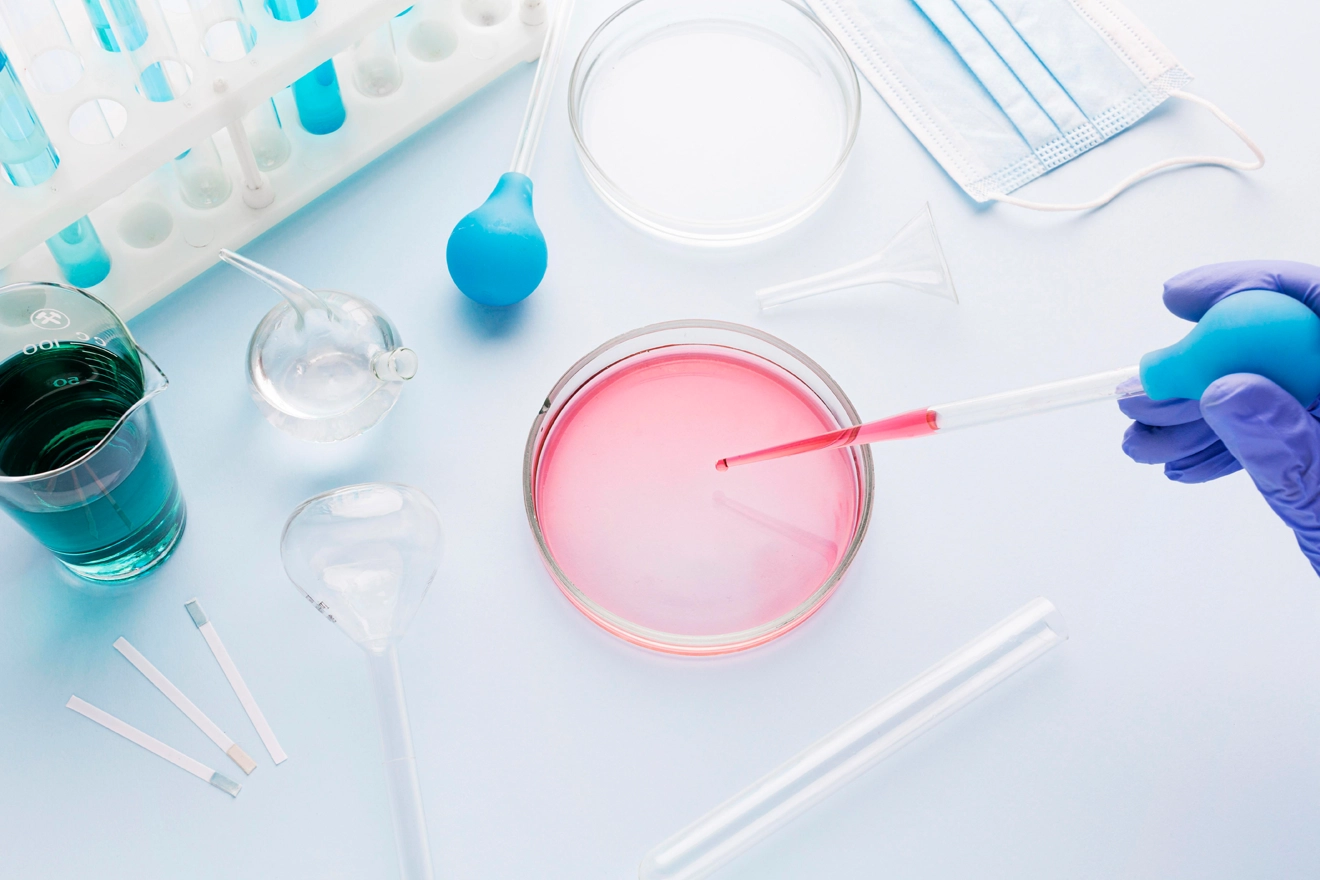
The Chemical industry is the second-largest manufacturing industry in Japan. With increasing production and use the Chemical Regulatory Authorities of Japan aim to reduce exposure to hazardous chemicals and protect the health of the workers. One of the aspects of sound chemical management is the establishment and implementation of legal frameworks. Therefore, chemical companies that intend to manufacture/import a new chemical substance must notify the same to the following three (3) ministries at least three months before the manufacture or importation:
- Ministry of Economy, Trade and Industry (METI)
- Ministry of Labor and Welfare (MHLW)
- Ministry of the Environment (MOE)
Also, companies must submit two (2) different types of notifications under the following:
- Chemical Substances Control Law (CSCL)- To prevent the environmental pollution
- Industrial Safety and Health Law (ISHL) - To secure the health and safety of workers
Both CSCL and ISHL require that the new substance be notified before its production and importation. Each has its notification system and a list of existing substances.
New Substance Notification Under Japan CSCL
Chemical Substances Control Law (CSCL) was enacted in 1973 to prevent environmental pollution by chemical substances that poses risk to human health or the environment. The latest amendment was made in 2009 and implemented on 1 April 2011.
The National Institute of Technology and Evaluation (NITE) is the main body that evaluates new substance notifications under Japan CSCL. A new substance is defined as any chemical substance other than the following substances:
- A substance on the list of Existing and New Chemical Substances (ENCS)
- Class I or II specified chemical substance
- Priority assessment of chemical substances
- Monitoring chemical substances
The ENCS consists of two (2) parts:
- Existing chemical substances placed on the Japanese market before 1973 (around 20,600 substances)
- New chemical substances notified under the CSCL, determined to be "safe" and published on government Gazette (around 8,000 substances)
There are four (4) types of notifications under CSCL:
- Standard Notification: To manufacture or import >1 ton/year
- Low Volume Notification: To manufacture or import non-biodegradable and not bio-accumulative substance <=10 ton/year
- Small Amount Confirmation: To manufacture or import <=1 ton/year
- Other Prior Confirmation: For substances used in a closed system and polymer of low concern
New substances that are notified with standard notification will be added to the ENCS, five (5) years after its notification. New substances that go through the confirmation process will not be added to the ENCS.
New Substance Notification under ISHL
Industrial Safety and Health Law (ISHL) was first established in 1972 for the health and safety of workers in workplaces. ISHL requires manufacturers or importers to notify a new substance to the Ministry of Labor and Welfare (MHLW) before its production and importation. Any substance that is not on the ISHL list will be subject to new substance notification under ISHL.
ISHL list also consists of two (2) parts:
- Existing chemical substances under CSCL before 1973- around 20,600 substances
- New substances notified under ISHL and published on government Gazette
There are two (2) types of notification under ISHL:
- Standard Notification: To manufacture or import >1 ton/year
- Small Volume Notification: To manufacture or import <=1 ton/year
Henceforth, manufacturers or importers must align with the aforementioned notification requirements for new chemical substances to protect the health and safety of the workers and the environment. Avoid the challenges posed by the new substance notification requirements with regional Regulatory expert advice.
Stay informed. Stay compliant.
